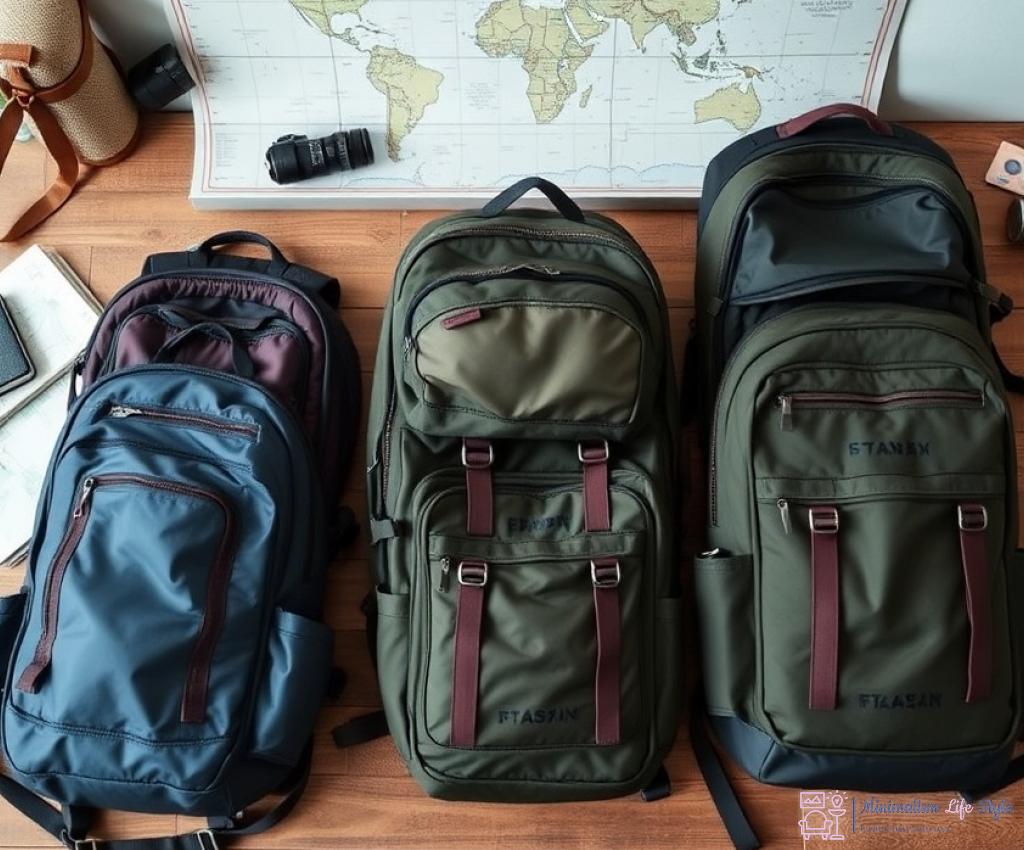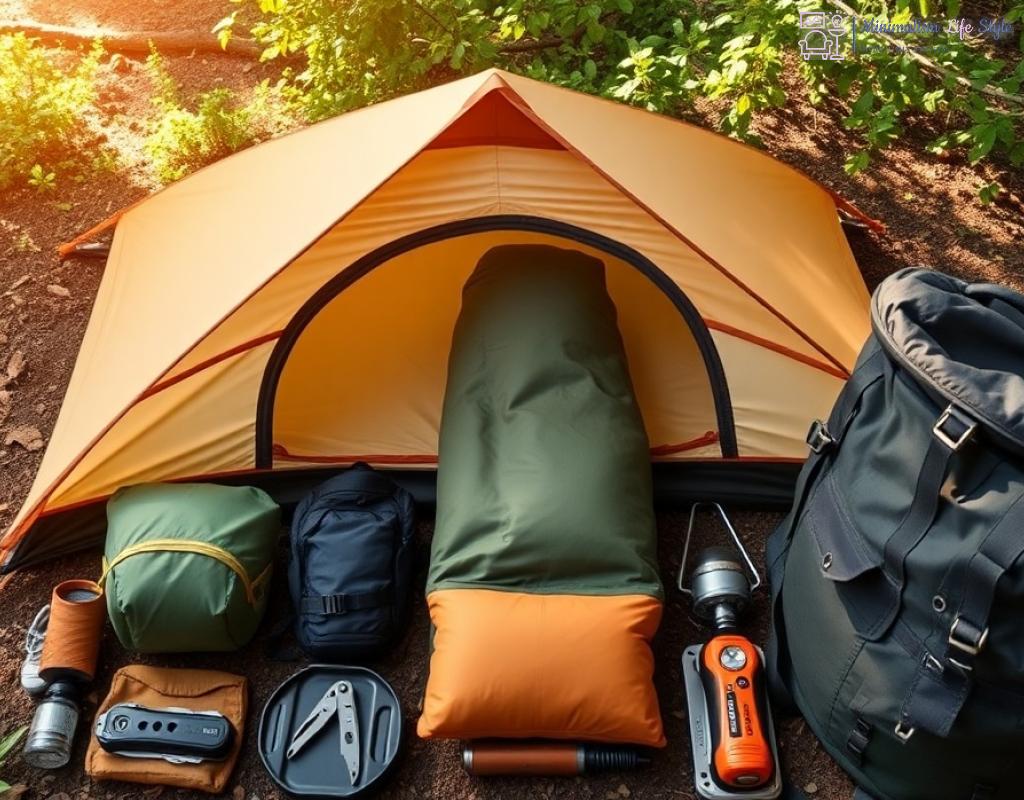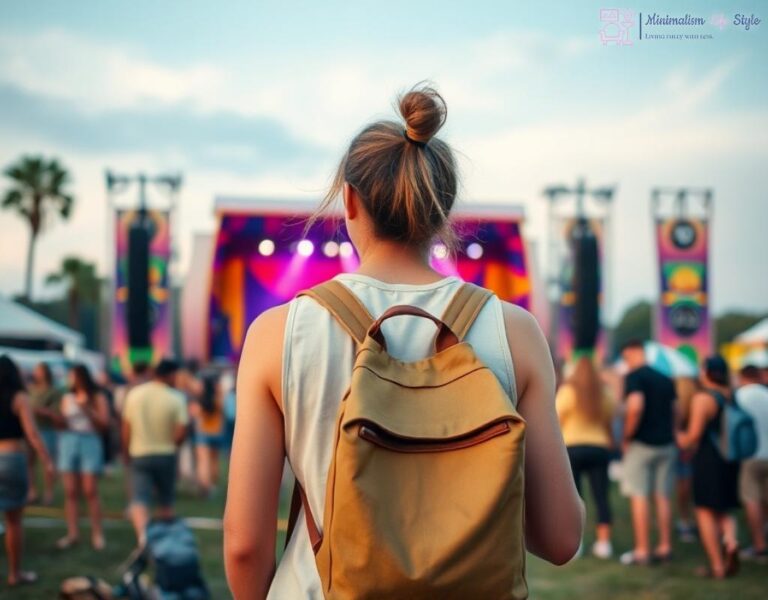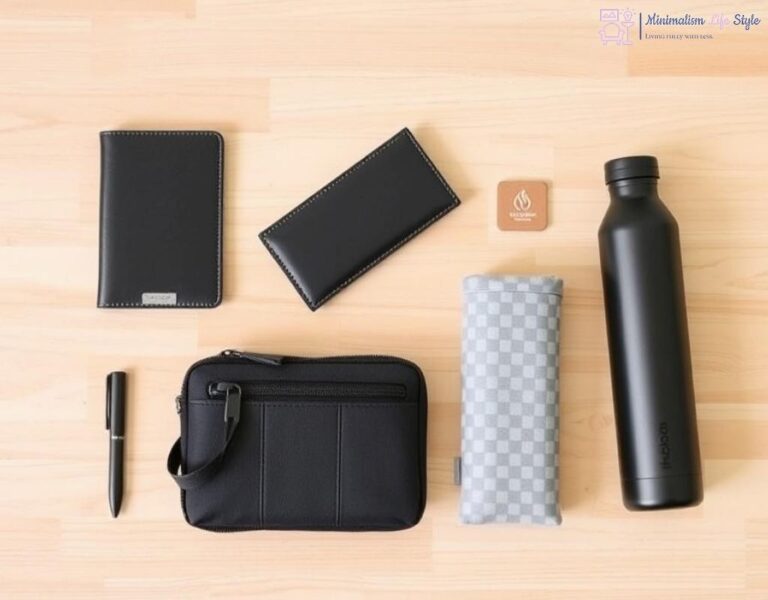Choosing the Right Backpack: Size Matters

When it comes to backpacking, the size of your backpack can make or break your adventure. The right size ensures that you have enough space for your essentials while still being manageable to carry for long periods. But how do you determine what size is best for you? Let’s dive into the different sizes and their ideal uses.
Backpacks come in various sizes, generally categorized by their volume, measured in liters. Selecting the right size is crucial for your comfort and functionality on the road. Here’s a handy comparison of common backpack sizes:
| Size Category | Volume (Liters) | Ideal Duration |
|---|---|---|
| Daypack | 20-30 | 1 Day |
| Weekend Pack | 30-50 | 1-3 Days |
| Multi-Day Pack | 50-70 | 3-5 Days |
| Expedition Pack | 70+ | 5+ Days |
Choosing the right size also means ensuring it fits your body well. A well-fitted backpack distributes weight evenly across your shoulders and hips, reducing strain and increasing comfort. Here are a few tips to help you find your perfect fit:
- Measure Your Torso Length: Use a measuring tape to measure from the base of your neck to the top of your hip bones.
- Try Before You Buy: Load the backpack with weight and wear it for a few minutes in the store.
- Check the Adjustment Straps: Ensure the backpack has adjustable straps for a customized fit.
In conclusion, choosing the right size backpack is an essential step for any minimalist backpacker. By understanding the size categories and finding a perfect fit, you’ll be well on your way to embarking on memorable adventures without the burden of carrying unnecessary weight.
Must-Have Clothing for Every Adventure
When it comes to backpacking, the key to staying comfortable in varying climates is mastering the art of layering. This approach allows you to adapt to fluctuating weather conditions without overpacking. Instead of bringing bulky clothing items, focus on a few essential layers that can be mixed and matched.
- Base Layer: Opt for moisture-wicking fabrics that keep sweat away from your skin. Look for materials like merino wool or synthetic blends.
- Insulation Layer: Lightweight fleece or down jackets provide warmth without adding excessive weight. Choose a packable option for easy storage.
- Shell Layer: A waterproof and breathable jacket is crucial for protection against rain and wind. Features like adjustable hoods and cuffs can enhance functionality.
Your choice of footwear can significantly impact your backpacking experience. Proper shoes not only provide comfort but also ensure safety on various terrains. Here are some essential factors to consider when selecting your adventure footwear:
| Type | Ideal Use | Key Features |
|---|---|---|
| Hiking Boots | Long treks on rugged terrain | Ankle support, waterproof, durable |
| Trail Runners | Lightweight hikes and running | Breathable, lightweight, flexible |
| Sandals | Water activities and casual wear | Quick-drying, comfortable, adjustable straps |
Don’t overlook the importance of accessories in your backpacking wardrobe. The right accessories can significantly enhance your comfort and functionality during your travels. Consider adding the following items to your packing list:
- Hats: A wide-brimmed hat protects against sun exposure, while a beanie can keep you warm during chilly evenings.
- Gloves: Lightweight gloves are essential for cold weather, whereas fingerless gloves can provide dexterity for warm conditions.
- Buffs or Scarves: These versatile pieces can be worn in multiple ways, from neck gaiters to headbands.
Essential Cooking Gear for Trail Meals
When embarking on a long-term backpacking journey, preparation is key, especially when it comes to your meals. Eating nutritious, home-cooked meals can significantly boost your energy levels and morale while on the trail. However, carrying cooking gear can often feel like a burden. The secret lies in selecting lightweight, multifunctional gear that enables you to whip up delicious meals without adding unnecessary weight to your pack. Let’s explore the essential cooking gear that every minimalist backpacker should consider.
Your choice of cookware can make or break your cooking experience on the trail. Opting for lightweight pots and pans made from materials like titanium or aluminum helps you maintain that crucial balance between functionality and weight. A compact cooking set typically includes a pot, a pan, and perhaps a small kettle. These pieces should be designed for stacking to maximize space efficiency in your backpack. Additionally, consider investing in a pot with a heat-diffuser base, which can help with even cooking and reduce the risk of burning your meals.
The right cooking system is essential for crafting those warm, comforting meals after a long day of hiking. A compact stove paired with lightweight fuel canisters is often the go-to choice for minimalist backpackers. Look for stoves that are easy to set up, and prioritize models that offer adjustable flame control for precise cooking. Don’t forget to pack a reliable igniter or waterproof matches. In addition to your stove, a sturdy, foldable cutting board and a lightweight knife will enhance your food preparation capabilities without taking up much space. Remember, efficiency is your ally in the wilderness; every ounce counts when you’re on the move.
Tech Tools to Enhance Your Journey
Navigating through uncharted territories can be daunting, especially when you are miles away from the nearest civilization. Thankfully, modern technology has made it easier than ever to find your way. With the right tech tools in your pack, you can explore with confidence and ease.
GPS Devices: While smartphones have built-in GPS, dedicated handheld GPS devices offer superior accuracy and battery life. They are often rugged, waterproof, and provide off-grid maps that are invaluable in remote areas.
Smartphone Apps: If you prefer to travel light, consider downloading offline maps and hiking apps such as AllTrails or Gaia GPS. These apps allow you to track your route, view elevation profiles, and access trail information without cellular service.
In an age where technology is a part of our daily lives, keeping your devices charged while on the trail is essential. A reliable power source can keep your navigation tools and communication devices functional, ensuring that you can always reach out for help if needed.
Portable Solar Chargers: Lightweight and efficient, solar chargers harness the sun’s energy to recharge your devices. Look for models with multiple USB ports for charging several gadgets simultaneously. They are perfect for long hikes where access to power is limited.
Power Banks: These compact battery packs are a backpacker’s best friend. Choose a power bank with a high capacity (10,000 mAh or more) that can charge your devices multiple times. Some models even come with built-in solar panels for an added power boost.
Safety should always be a priority, especially in the wilderness where help can be hours or days away. Incorporating communication tools into your backpacking gear can provide peace of mind and enhance your overall safety.
Satellite Communication Devices: For those venturing into remote areas, a satellite messenger or an emergency beacon can be crucial. Devices like the Garmin inReach allow you to send messages, share your location, and even trigger an SOS signal in case of emergencies, all without cellular coverage.
Multi-Functional Tools: Consider tech gadgets that combine multiple functions, such as a flashlight with a built-in emergency charger or a compass with a digital display. These tools not only save space but also ensure that you are well-equipped for any situation.
Comparison of Tech Tools:
| Tool Type | Best Use | Key Features |
|---|---|---|
| GPS Device | Navigation | High accuracy, rugged design |
| Smartphone App | Route tracking | Offline maps, trail info |
| Portable Solar Charger | Charging devices | Lightweight, multiple USB ports |
| Power Bank | Device backup | High capacity, portable |
| Satellite Messenger | Communication | Emergency SOS, location sharing |
First Aid Essentials for Peace of Mind
Embarking on a backpacking adventure is an exhilarating experience, but it’s one that comes with its own set of risks. When exploring the great outdoors, having a well-stocked first aid kit is not just a precaution; it’s a necessity. Accidents can happen at any time, from minor scrapes to more serious injuries, and ensuring you’re prepared can make all the difference. In this section, we’ll explore the critical components of a first aid kit that every minimalist backpacker should carry.
Your first aid kit should be tailored to your specific needs, but certain items are universally essential for any hiking or backpacking trip. Start with the basics: adhesive bandages in various sizes for cuts and blisters, sterile gauze pads for larger wounds, and medical tape to secure them in place. These items not only help in treating injuries but also prevent infections, allowing you to stay on your journey without interruption.
Don’t forget to include antiseptic wipes or spray to clean wounds, as well as pain relief medication such as ibuprofen or acetaminophen to manage discomfort. Additionally, a small supply of antihistamines can be lifesavers for those prone to allergic reactions or insect bites. Lastly, consider carrying a pair of medical gloves to maintain hygiene while treating injuries.
While the core components are vital, customizing your first aid kit to fit your unique needs is equally important. If you have specific medical conditions, be sure to include necessary medications and supplies. For instance, if you’re prone to allergies, carry your prescribed epinephrine auto-injector. Alternatively, if you’re venturing into remote areas, consider adding items like a splint for immobilizing fractures and a space blanket to prevent hypothermia.
Always tailor your kit based on the duration and nature of your trip. For example, longer hikes may warrant more extensive supplies, while day trips might only require the essentials. Remember, your first aid kit should be lightweight and compact, allowing for easy transport while still being comprehensive enough to handle emergencies.
In conclusion, packing a first aid kit may not seem as thrilling as planning your next meal or choosing the perfect campsite, but it is undeniably an essential aspect of your backpacking gear. Being prepared fosters peace of mind, allowing you to fully immerse yourself in the beauty of nature and the adventure of exploration.




